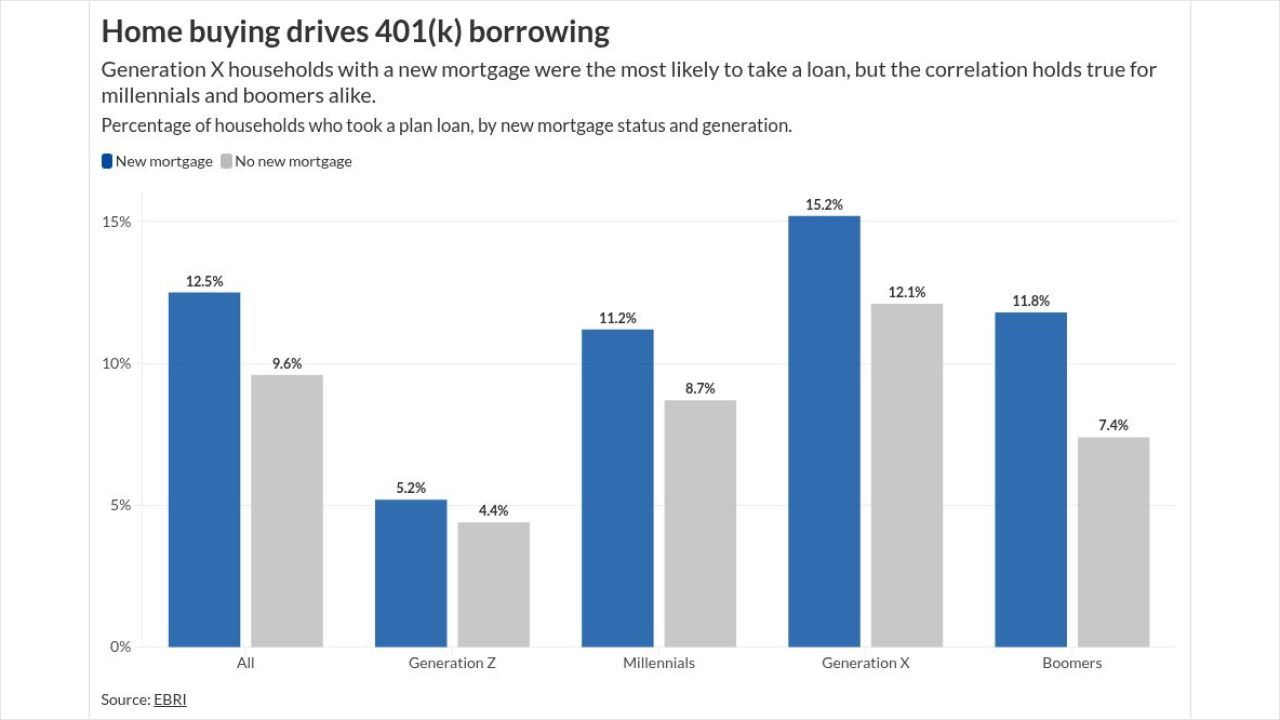Consumers place a premium on transparency, high value, and low cost, as confirmed in our most recent Advisor Authority study of more than 1,600 RIAs, fee-based adviser and individual investors nationwide. And in a world where all consumers at every level are more tech-obsessed than ever — from the youngest iPhone-toting digital natives to the Netflix-streaming retirees — instant access has become table stakes. Blockchain technology has the power to provide it all — greater transparency, high value, low cost and instant access.
And where demand is high, venture capital and private equity follows. Funding of blockchain and bitcoin-related startups has boomed in recent years, as products have matured and clearer use cases have emerged. According to
Why should advisers pay attention to the development of blockchain? Once viewed as a wildcard, developed for cryptocurrency anarchists and the cyberpunk fringe to bypass the established channels of the financial system, blockchain technology is now being adopted by many traditional banks, online trading platforms and other financial institutions. And it will change the way we transfer cash and trade everything from stocks and bonds, to loans and other assets.
While there are still some skeptics who question its relevance, a growing number of proponents, from Sir Richard Branson to Bill Gates, have praised its potential. Wall Street veteran Blythe Masters says, “You should be taking this technology as seriously as you should have been taking the development of the internet in the early 1990s. It’s analogous to email for money.” Marc Andreessen, creator and co-founder of Netscape, goes further, saying that blockchain is “the most important invention since the internet itself.” It seems blockchain is poised to disrupt distribution, overhaul the way we do business and create an entirely new industry standard.
ARC OF CHANGE
The explosive growth in recent years of mobile technology and various peer-to-peer platforms—for everything from payments to lending to funding—is evidence of the need for speed and instant access. As the pace accelerates, the pressure mounts to ensure heightened security, as well as a new approach to error-free, real-time monitoring. It’s the intersection of these trends where blockchain comes into play.
Blockchain, a type of digital ledger technology, was designed to power a peer-to-peer network for buying and selling bitcoins. Its selling points — instantaneous, highly secure, and completely autonomous — also makes it highly efficient. Every new transaction is timestamped and connected to the prior transaction, creating a series of blocks in a digital chain. The security and accuracy of the assets stored in the ledger are maintained using a cryptographic signature. Because of the way that this record of every transaction automatically replicates, proponents say it is resistant to modification, permanently verifiable, and fully transparent, allowing users to transact directly and immediately, without any third-party intermediary.
A recent
TIME IS MONEY
Traditionally, when a financial transaction occurs between two parties, a third-party intermediary, such as a bank or other institution, is required to review, verify and complete the transaction. This adds both extra time — and extra cost. By eliminating the need for the third-party intermediary, the adoption of blockchain would allow for more fluid movement of money, in a way that is transparent, secure and low-cost. For example, a
Several industry behemoths are beginning to implement solutions based on blockchain technology — in many cases lowering costs and transaction times to near-zero. One of the earliest adopters was NASDAQ, which in 2015
In late 2016,
DRIVING ADOPTION
With the expectation that blockchain will overhaul banking infrastructure, streamline stock exchanges and create tremendous efficiencies at every point along the value chain, its business-to-business adoption continues to grow. It likely will take longer for most institutions to implement blockchain-based capabilities directly for consumers. As noted by SWIFT and Accenture in their position paper, to achieve wide-scale adoption and win regulatory backing will require industry standardization of digital ledger technologies and a greater focus on strong self-governance.
Blockchain, once a weapon of destruction forged to challenge the establishment, now offers an extreme makeover for the entire industry. Blockchain redefines transactions, making them instantaneous, highly secure, completely autonomous and highly efficient. It creates a new approach to financial infrastructure that is completely decentralized, permanently verifiable and fully transparent. All with the mission of creating greater value for the industry itself, and for the end consumer. A





